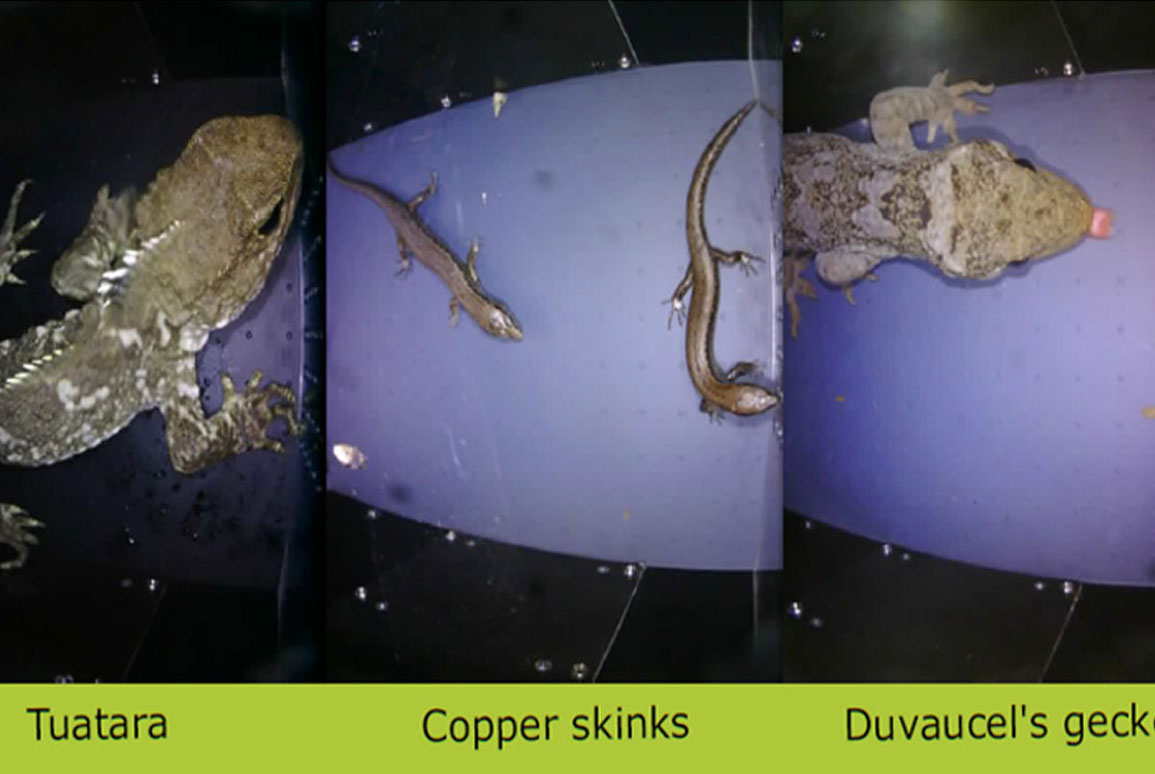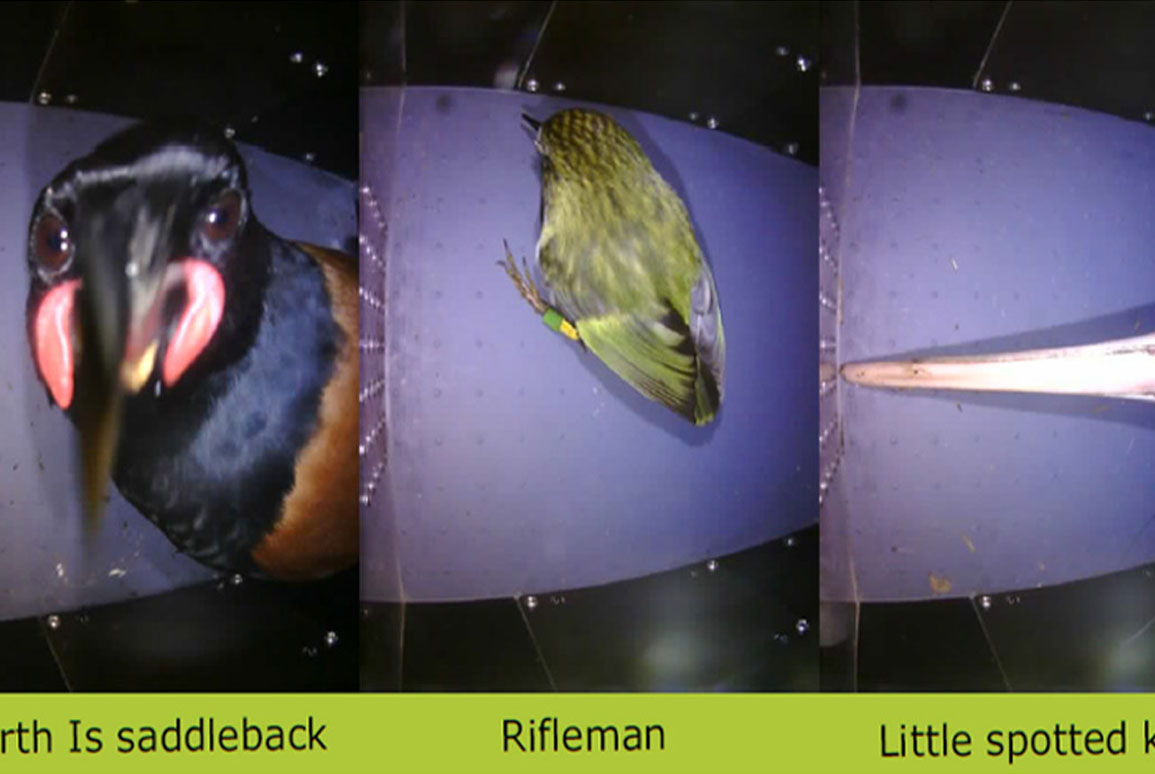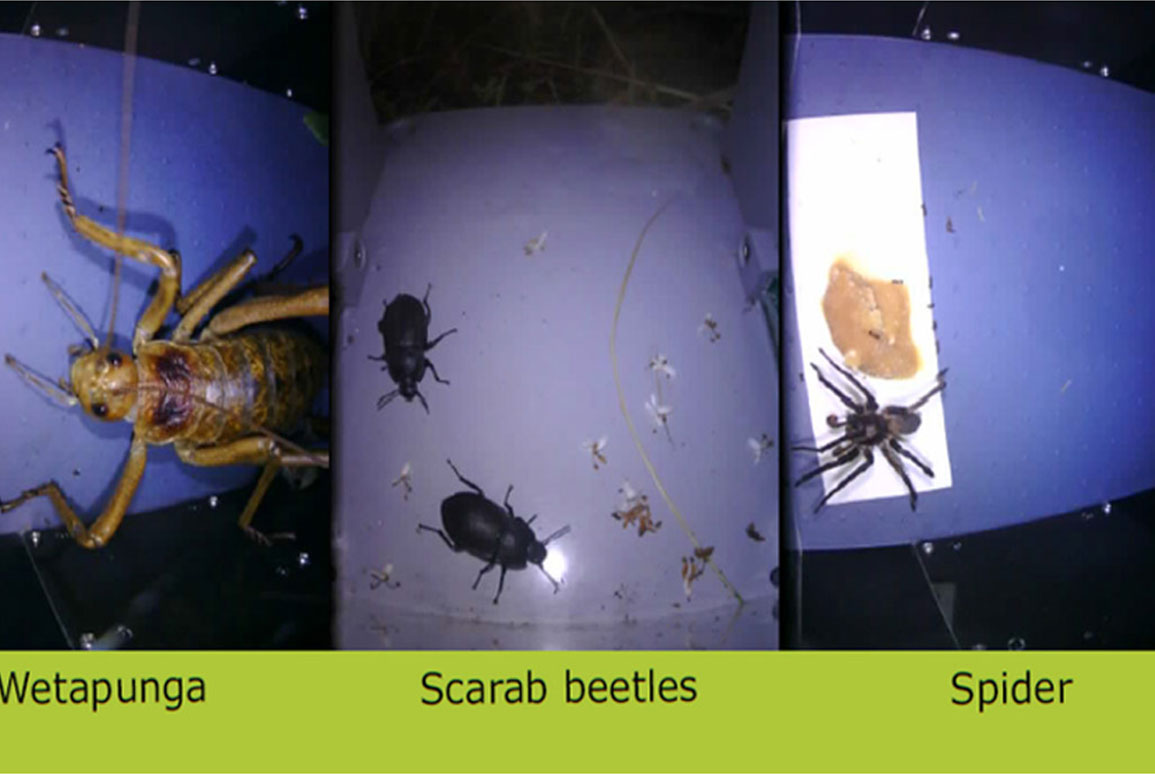Interest: Detecting and monitoring small species
9 March 2022
Small animals which are sensitive to environmental disturbance and change can be used as ‘indicators’ of environmental impacts and stress. How can we better detect these species?

New Zealand’s biodiversity, like that of most other countries, is under rapid decline. Invertebrates and other small species are central to the functioning of ecosystems yet are frequently understudied with poor methods available for detection and population monitoring.
Traditional surveillance methods for small wildlife species tend to be very labour intensive, costly, intrusive (can harm the individual and/or their population), and many animals, such as skinks and geckos, are cryptic in nature and notoriously difficult to locate and monitor. Yet, monitoring requirements for these species are increasing as environmental regulations become more stringent.
Critter Solutions Ltd (a joint venture of Boffa Miskell and engineers Red Fern Solutions Ltd), has developed an innovative camera monitoring tool for detection and surveillance of small species. CritterPic enables real-time, automated data collection coupled with AI capabilities. This means that users can view interactions remotely on their phone or computer. Units can be left in the field to collect data for long periods of time, saving significant cost and effort.
The ‘CritterPic’ units have already been used for a variety of purposes, such as detecting the presence and locations of skinks, geckos and Wētāpunga (the New Zealand giant weta) on both the mainland of New Zealand and offshore islands. It’s proving a particularly useful tool in instances where translocations of threatened species have occurred and follow-up surveys are logistically challenging and expensive, making the success of translocations different to assess.
CritterPic can also provide a real-time tool for biodiversity assessments; for example, providing a map of species diversity and richness within an area, and/or monitoring indicator species. It also provides biosecurity surveillance tool for small, unwanted species which are currently difficult to survey, such as the plague skink. Monitoring in real-time provides an extremely cost-efficient and effective means to rapidly detect incursions and help establish the extent of an invasion.
New technologies such as this have the potential to significantly decrease operational costs, support research, and increase the effectiveness of both biodiversity monitoring and biosecurity surveillance.
Find out more
Generation E: How technological innovations are changing the face of ecology
For further information please contact Dr. Helen Blackie




